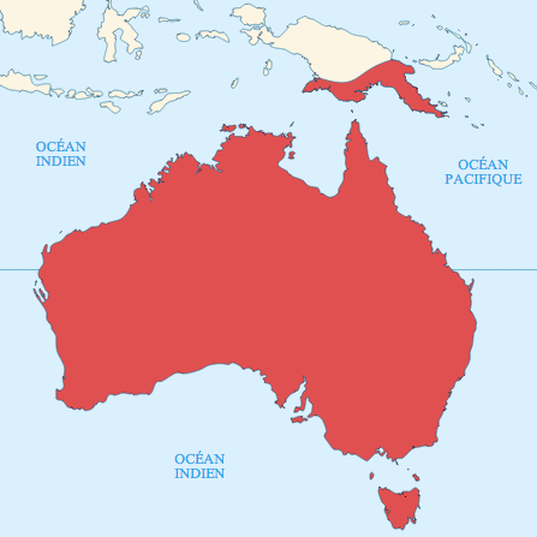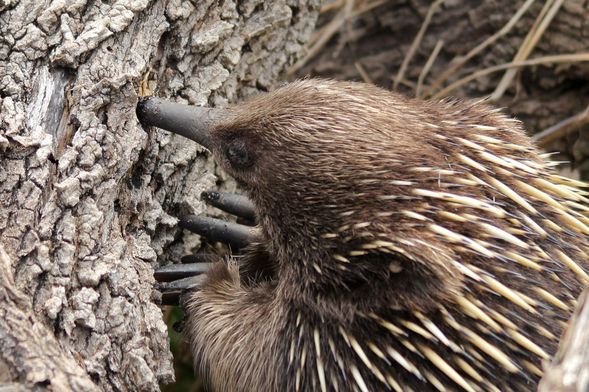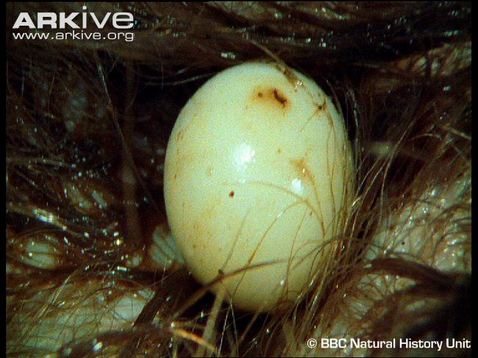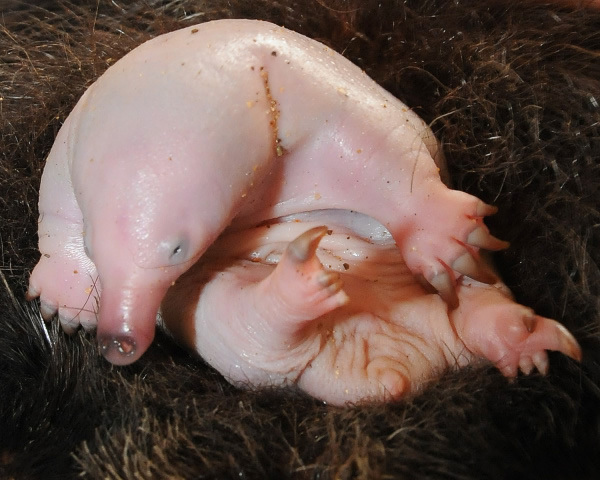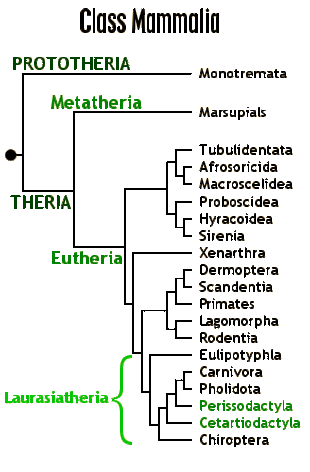 pic (10)
pic (10)
Description(1):
- Monotreme
- Tachyglossus- fast tongue
- Have many features which are reptilian in nature such as egg laying, legs that extend outward then downward, and a lower body temperature (about 31-32C), than other mammals
- 30 cm to 45 cm in length and weigh between 2 kg and 5 kg (the Tasmanian varieties are larger than their Australian mainland counterparts)
- The body, with the exception of the underside, face and legs, is covered with cream colored spines
- The spines reach 50 mm in length
- Insulation is provided by fur between the spines which ranges in color from honey to a dark reddish-brown and even black (The fur of the Tasmanian subspecies is thicker and longer than that of echidnas in warmer mainland areas and often hides the spines)
Habitat(1):
- Common throughout most of temperate Australia and lowland New Guinea
- Common in dry open country on the east coast in Tasmania
- Also found on open heathlands and in forests and can sometimes be seen slowly wandering along roadsides
Nutrition(1):
- Eat ants and termites as well as other invertebrates especially grubs, larvae and worms
- They use their strong forepaws to open up the ant or termite nest and then probe the nest with their sensitive snout
- The rapidly moving 15 cm tongue catches any insects in the nest with a layer of sticky mucous
- They have narrow jaws and no teeth so food is crushed between hard pads which lie in the roof of the mouth and on the back of the tongue
- Eat a lot of soil and ant-nest material when feeding which makes up the bulk of droppings
Reproduction(1):
- Reproduce sexually
- Breed from the end of June to September
- Multiple males mate with one female during the mating season(3)
- The males have a 4-headed penis, but only 2 of the heads are used during intercourse with the female (3)
- Two weeks after mating, a single rubbery-skinned egg is laid directly into a small backward facing pouch which has developed in the female
- After 10 days the egg hatches and the young remains in the pouch
- During the following period of lactation the female spends most of her time in a burrow but will leave the young behind, covered with soil or wood fibre, to go foraging
- The mammary glands secrete milk through two patches on the skin; the young suck milk from the mother's hair that surrounds these patches
- Juveniles are eventually ejected from the pouch at around 2 - 3 months of age due to the continuing growth of their spines
- The juvenile is weaned at about 6 months of age
Conservation status(1):
- Common and widespread
- Can live anywhere that there is a supply of ants, not very affected by land clearing
- Naturally preyed upon by eagle and tasmanian devils
- Though now they are protected by laws, they were a favorite food of Aboriginal people and early white settlers
Interesting facts(1):
- Do not have nipples
- Are mammals but lay eggs instead of birthing live young
- Very shy but can be approached slowly
- They are infested with what is said to be the world's largest flea - Bradiopsylla echidnae, which is about 4 mm long
- Echidnas are good swimmers
- Male echidnas have a spur on each hind foot though, unlike the platypus, the spur is blunt and the venom gland is not functional
- Male echidnas have a four-headed penis (3)
